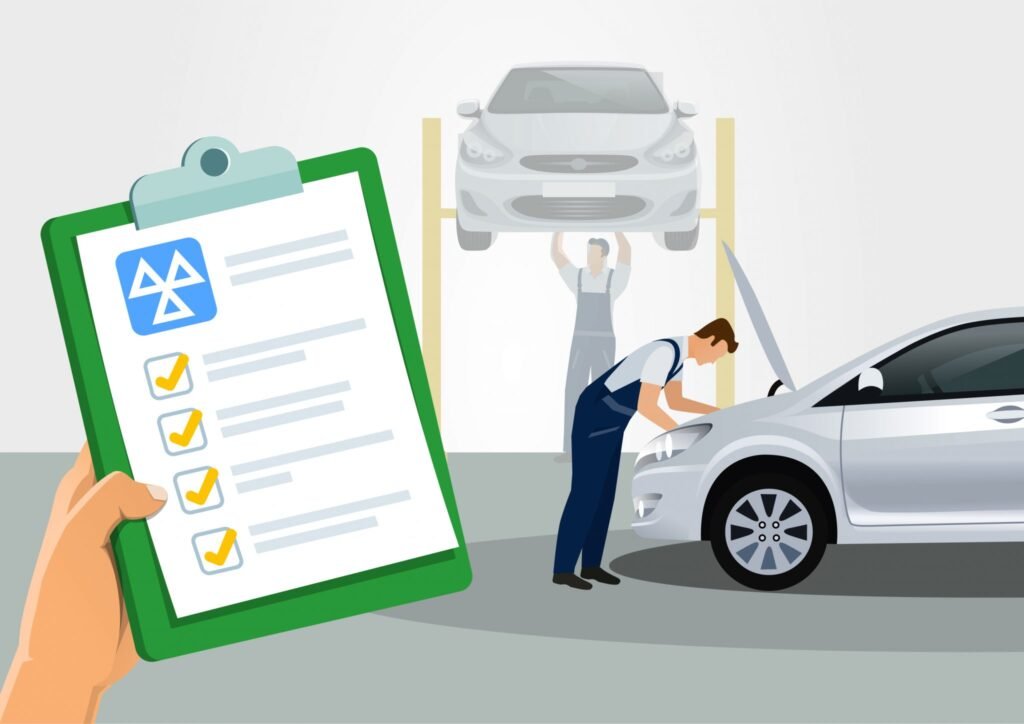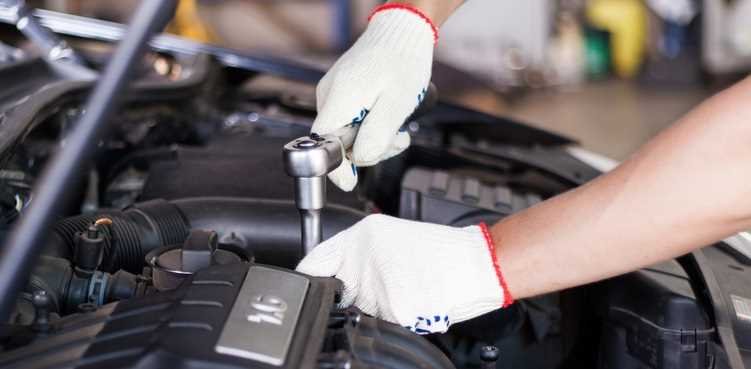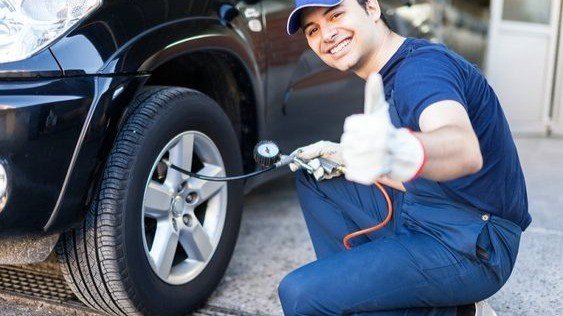If you’re wondering why cars fail MOT tests in the UK, you’re not alone. According to DVSA data, around 40% of vehicles fail their MOT on the first attempt—but most of these failures are caused by small, preventable issues.
In this guide, we’ll cover the top reasons cars fail MOT tests in the UK and show you how to avoid them. From faulty lights to worn tyres, we’ll give you practical steps so your car has the best chance of passing the MOT the first time.
In this article, we’ll explore the top reasons cars fail MOT tests in the UK—and more importantly, how you can avoid them.
✅ 1. Lights and Indicators
Why Cars Fail:
Lighting issues account for nearly a third of all MOT failures. Something as small as a blown bulb can lead to an instant fail.
What the Tester Checks:
-
Headlights (dipped & full beam)
-
Brake lights
-
Indicators and hazard lights
-
Rear number plate light
How to Avoid It:
-
Walk around your car and test every light before the MOT.
-
Ask a friend to press the brake while you check rear lights.
-
Replace faulty bulbs immediately (cheap and quick fix).
💡 Tip: Carry spare bulbs in your glovebox—you’ll never be caught out.
✅ 2. Tyres
Why Cars Fail:
Tyres are another major cause of MOT failures. The legal tread depth minimum in the UK is 1.6mm. Anything less is unsafe and illegal.
What the Tester Checks:
-
Tread depth
-
General condition (bulges, cracks, cuts)
-
Tyre size and type
-
Pressure (sometimes advisory)
How to Avoid It:
-
Do the 20p test: Place a 20p coin into the tread. If the outer band is visible, your tyres are too worn.
-
Inflate tyres to recommended pressure.
-
Replace worn tyres before your MOT appointment.
🚨 Worn tyres can result in fines of up to £2,500 per tyre.
✅ 3. Brakes
Why Cars Fail:
Faulty brakes are a serious safety issue. MOT testers often find uneven braking, worn pads, or damaged discs.
What the Tester Checks:
-
Brake efficiency on a rolling road machine
-
Brake pedal response
-
Handbrake performance
How to Avoid It:
-
Listen for grinding or squealing noises.
-
Test your handbrake on a slope—it should hold firm.
-
Replace brake pads if they’re thin or worn.
✅ 4. Suspension
Why Cars Fail:
Potholes, speed bumps, and everyday wear take their toll. Suspension problems are common, especially on older cars.
What the Tester Checks:
-
Shock absorbers
-
Springs and joints
-
General wear and tear
How to Avoid It:
-
Check for clunking noises over bumps.
-
Push down on each corner of your car—if it bounces more than once, your shocks may be worn.
✅ 5. Windscreen, Wipers, and Washers
Why Cars Fail:
Clear visibility is essential. Even small issues can lead to an MOT fail.
What the Tester Checks:
-
Windscreen chips or cracks larger than 10mm in driver’s line of sight
-
Wipers that don’t clear properly
-
Working washer jets with enough screenwash
How to Avoid It:
-
Replace damaged wiper blades.
-
Top up washer fluid.
-
Repair windscreen chips before they spread.
✅ 6. Exhaust and Emissions
Why Cars Fail:
Emissions failures are increasingly common, especially in diesel cars. Issues include excessive smoke, leaks, or missing catalytic converters.
What the Tester Checks:
-
Emissions levels meet legal standards
-
Exhaust is securely fitted and not too noisy
-
Diesel cars: DPF (Diesel Particulate Filter) intact
How to Avoid It:
-
Get a pre-MOT emissions check if your car is older.
-
Use quality fuel and ensure regular servicing.
-
Avoid removing emission-control components.
✅ 7. Seat Belts and Safety Features
Why Cars Fail:
Damaged or faulty seat belts are a major fail item.
What the Tester Checks:
-
Seat belts lock securely
-
Belts aren’t frayed or cut
-
Airbag warning lights
How to Avoid It:
-
Inspect belts for wear.
-
Check they click in securely.
-
Fix dashboard warning lights before the test.
✅ 8. Registration Plates
Why Cars Fail:
Plates that are dirty, damaged, or incorrectly spaced fail MOTs.
What the Tester Checks:
-
Plates are clean, visible, and securely attached
-
Correct font and spacing
How to Avoid It:
-
Clean plates before your test.
-
Replace cracked or worn plates.
✅ 9. Bodywork and Corrosion
Why Cars Fail:
Excessive rust or sharp edges can fail an MOT.
What the Tester Checks:
-
Chassis and bodywork for dangerous corrosion
-
Sharp edges that could injure pedestrians
How to Avoid It:
-
Inspect under wheel arches and sills.
-
Treat rust early to prevent spread.
✅ 10. Fluids and Warning Lights
Why Cars Fail:
Simple dashboard lights (like ABS or engine light) can cause a fail.
What the Tester Checks:
-
No warning lights stay on once the engine is running
-
Enough fluids (oil, brake fluid, coolant, screenwash)
How to Avoid It:
-
Top up all fluids.
-
Have diagnostic checks done if warning lights appear.
📊 Quick Stats: MOT Failures in the UK
According to DVSA data:
-
30% of fails = lighting and signalling faults
-
20% = tyres and brakes
-
10% = suspension issues
🔗MOT Resources
Avoiding MOT Failure
Most MOT failures in the UK happen because of minor issues that drivers could fix at home. By checking your lights, tyres, wipers, and warning lights before test day, you massively increase your chances of passing.
Think of it this way: an MOT isn’t just about legality—it’s about safety. A little preparation goes a long way towards keeping you, your passengers, and other road users safe.
So, before your next MOT, grab this checklist and give your car a once-over. Your wallet (and your peace of mind) will thank you.



